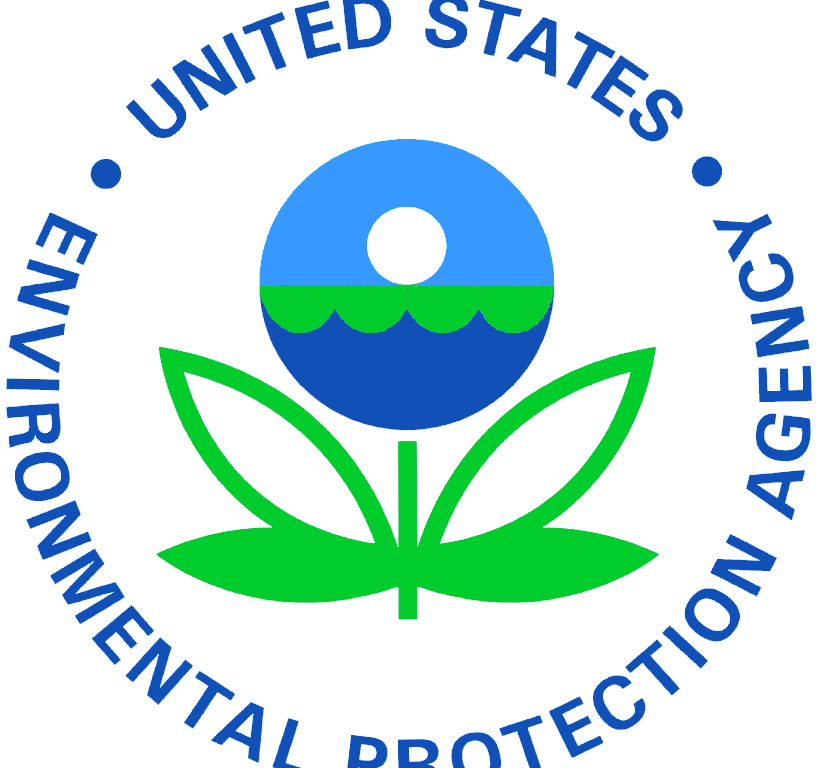The Supreme Court declined on Oct. 4 to halt Environmental Protection Agency (EPA) regulations limiting industry emissions of mercury and methane.
The rulings came in a bundle of orders in several pending emergency applications. No justices dissented. The court did not explain its decisions.
The nation’s highest court is allowing the regulations to remain in place while challenges against them proceed in the lower courts.
The regulations were created by the Biden administration in an effort it says will address climate-related concerns. The government also supports providing financial incentives to purchase electric vehicles.
Several states and industry groups are arguing that the EPA went beyond its legal authority and imposed standards that are impossible to attain. The EPA countered that it was acting within its authority and that the regulations were in the public interest.
Mercury is a chemical element capable of harming the immune, digestive, and nervous systems in humans. Methane is a chemical compound considered to be a planet-warming greenhouse gas.
The methane regulation imposes new rules on oil and natural gas producers, which are said to be the biggest emitters of methane. The lower courts previously declined to pause the rule.
The methane rule takes aim at emissions from existing oil and gas wells and requires that smaller wells locate and plug methane leaks.
States and industry groups say emissions of mercury are already tightly regulated and that the mercury regulation could force coal-fired power plants to close their doors.
The new rulings follow the Supreme Court’s 5–4 vote on June 27 to temporarily put on hold the “good neighbor” rule that cracks down on states whose industries are said to be contributing to smog.
The EPA finalized its “Federal ‘Good Neighbor Plan’ for the 2015 Ozone National Ambient Air Quality” regulation in June 2023, despite the objections of states and energy companies.
The plan imposes emissions standards on 23 “upwind” states.
According to the agency, cross-state air pollution, also called interstate air pollution or transported air pollution, is emitted at an “upwind” location and then blown to a “downwind” location.
The court found that the emissions-reduction standards created in a federal plan would probably cause irreversible harm to several of the affected states unless the plan was stayed until it could be reviewed by the lower courts.
The nation’s highest court stayed the plan, pending review by the U.S. Court of Appeals for the District of Columbia Circuit.
Led by Ohio, the states claimed that the regulation was costly and could lead to blackouts, while the EPA stated that the rule was urgently needed to fight air pollution.
The coalition of states also argued that the EPA’s plan is an illegal overreach that undermines the principles of the federal Clean Air Act, which allows states leeway to propose their own air pollution control measures.
The plan is reportedly in effect in 11 states; courts have blocked it in 12 states.
This article by Matthew Vadum appeared Oct. 4, 2024, in The Epoch Times. It was updated Oct. 7, 2024.


